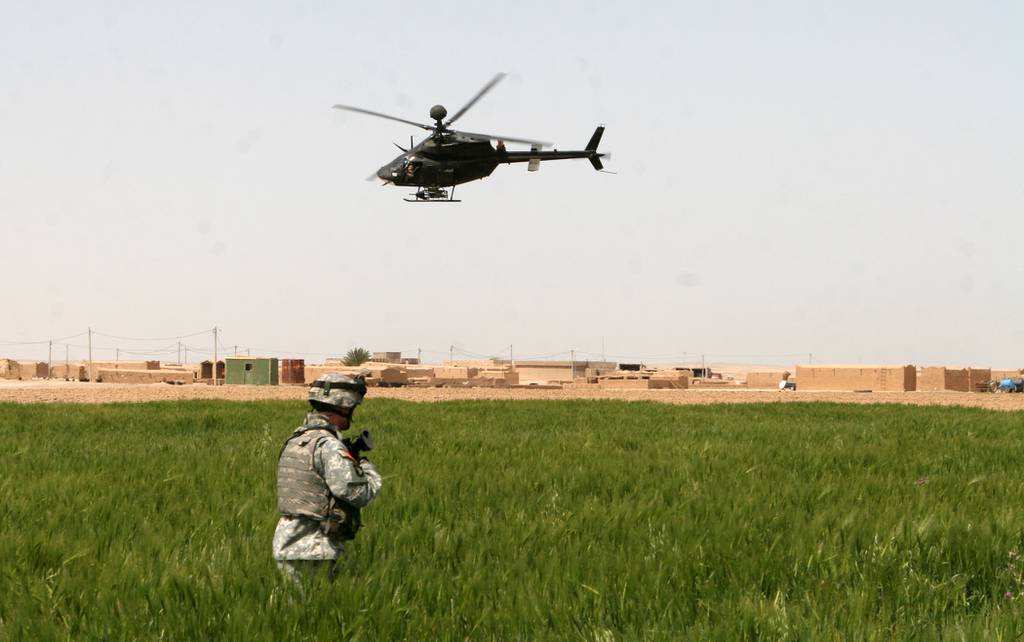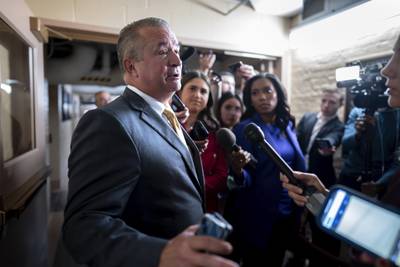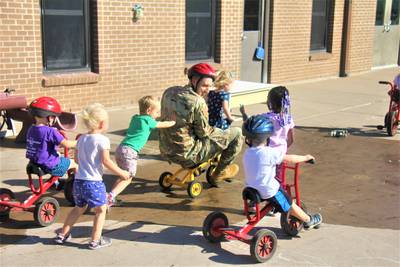Editor’s note: This commentary was first published in The War Horse, an award-winning nonprofit news organization educating the public on military service. Subscribe to their newsletter.
I remember it like it was yesterday. Receiving live ammo for the first time. It reminded me of when my dad would deal out .30-06 rounds the morning before a hunt. I never got over how similar those two feelings are.
I remember landing and hauling every bit of gear I had across the flight line. The heat. Vomit bubbling in my stomach. I watched a wagon train of fellow soldiers walk off the flight line into the terminal of Baghdad International Airport.
I remember the command sergeant major telling us this was the real deal. A steady stream of rockets that day substantiated his claim, even disrupting Toby Keith’s USO tour later that night. The Phalanx cannons sent a laser beam of exploding .50 caliber rounds into the sky in a brilliant fireworks display of protection.
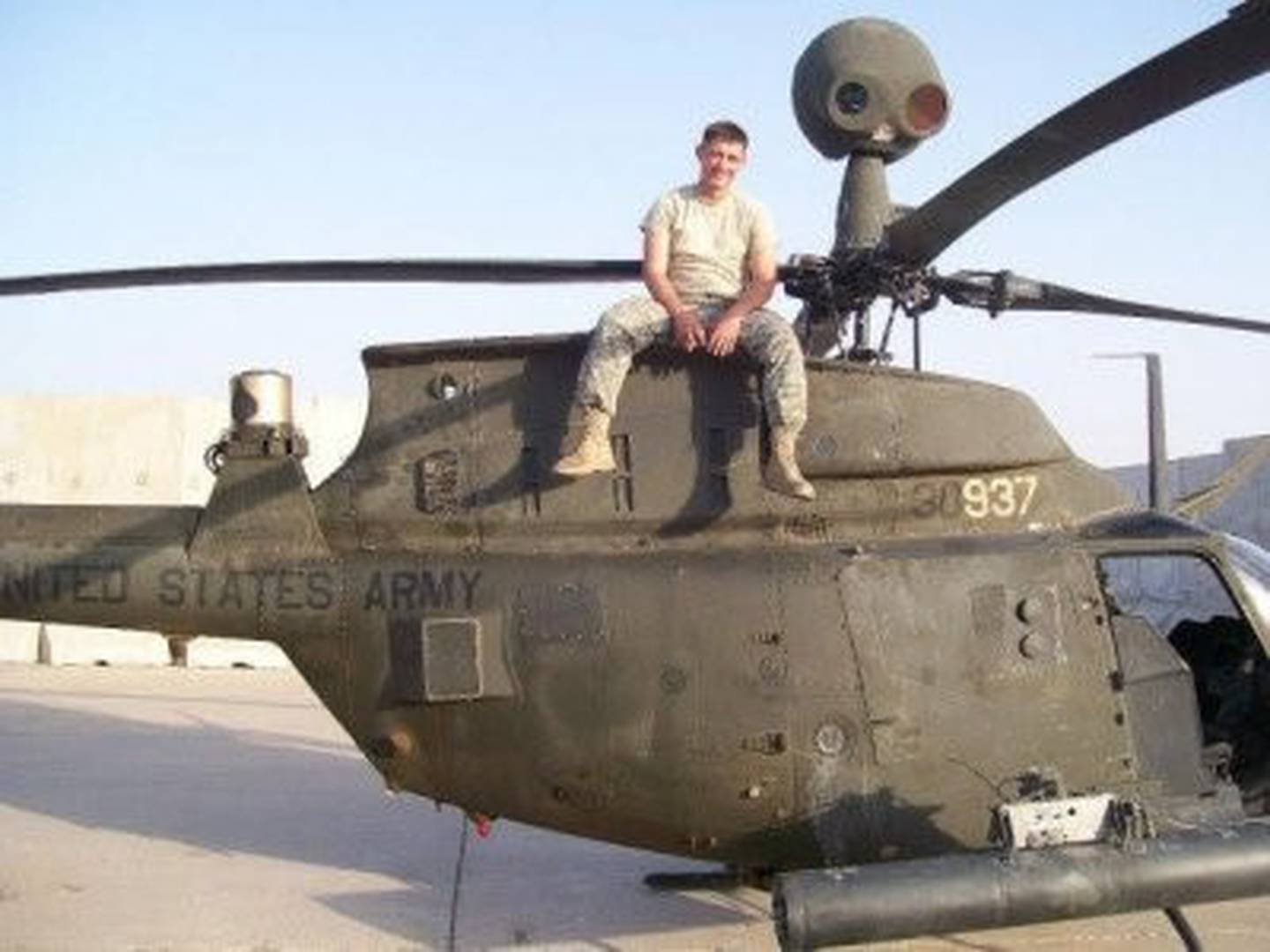
I remember looking over Sadaam’s leftover aircraft. I still have the gas cap to his 747. Dust settled over everything. Pigeon shit covered the two big hangars they put us in.
I remember it all.
But to this day nothing is so visceral as watching Kevin Keester’s blood wash out of his OH-58D. I was 19. I had never seen anything like it.
A Troop, 3-17 Cavalry, from Fort Drum, New York had come up from Camp Buehring, Kuwait. Their sole mission — get to Baghdad. They carried no ammo and were maxed out on fuel. The idea was to fly fast and low, avoiding any shenanigans on the way in.
They failed.
After landing at a Forward Air and Refueling Point, or FARP, just south of the city, they resumed their tree-top race. It wasn’t long until a few insurgents, or just two farmers having a good time, decided to unleash hell on the loose trail formation.
The DShK anti-aircraft gun sliced through the formation, missing the lead aircraft due to the operator’s lack of experience and training. But Lori and Kevin’s aircraft, in close pursuit, took multiple rounds down its center.
One of the rounds found its way through Kevin’s leg. Several others chewed through the tiny Kiowa Warrior and gave the rest of us, standing on the flight line waiting to receive them, a cold-blooded chill.
This was real.
When Hurtado shot the bloody pool sitting in the broken chin bubble with pressurized water from a wash can, Kevin’s coagulated blood became airborne. It flew through the air like a frisbee and landed at my feet.

Immediately, I became nauseous. Now 36 years old and nearing 20 years removed from the incident, I still don’t fully understand why. Just shock, I suppose. I threw up moments later behind the barrier where no one could see.
I didn’t go back to the clean-up job. It wasn’t my aircraft, anyhow.
Instead, I joined the rest of B Troop, “BlackJack,” around our containers on the other end of the flight line. The entire squadron had been broken into troop-sized chalks on their way into Baghdad. A Troop was the first to land simply because they were the first to take off.
Now we waited for our friends.
Their expected arrival came and went. Soon, we called on the radio. All of us did. No one answered.
I remember sitting in our office, listening to my platoon sergeant key the mic. The ever-familiar beep of an FM radio rang through our ears and into our souls, hoping to hear a response.
None came.
I was young, and my mind raced faster than my legs ever could. I sat atop one of our containers, kicking my legs and watching the southern sky. Waiting to see eight slaloming aircraft with their distinctive mast-mounted sights top the trees.
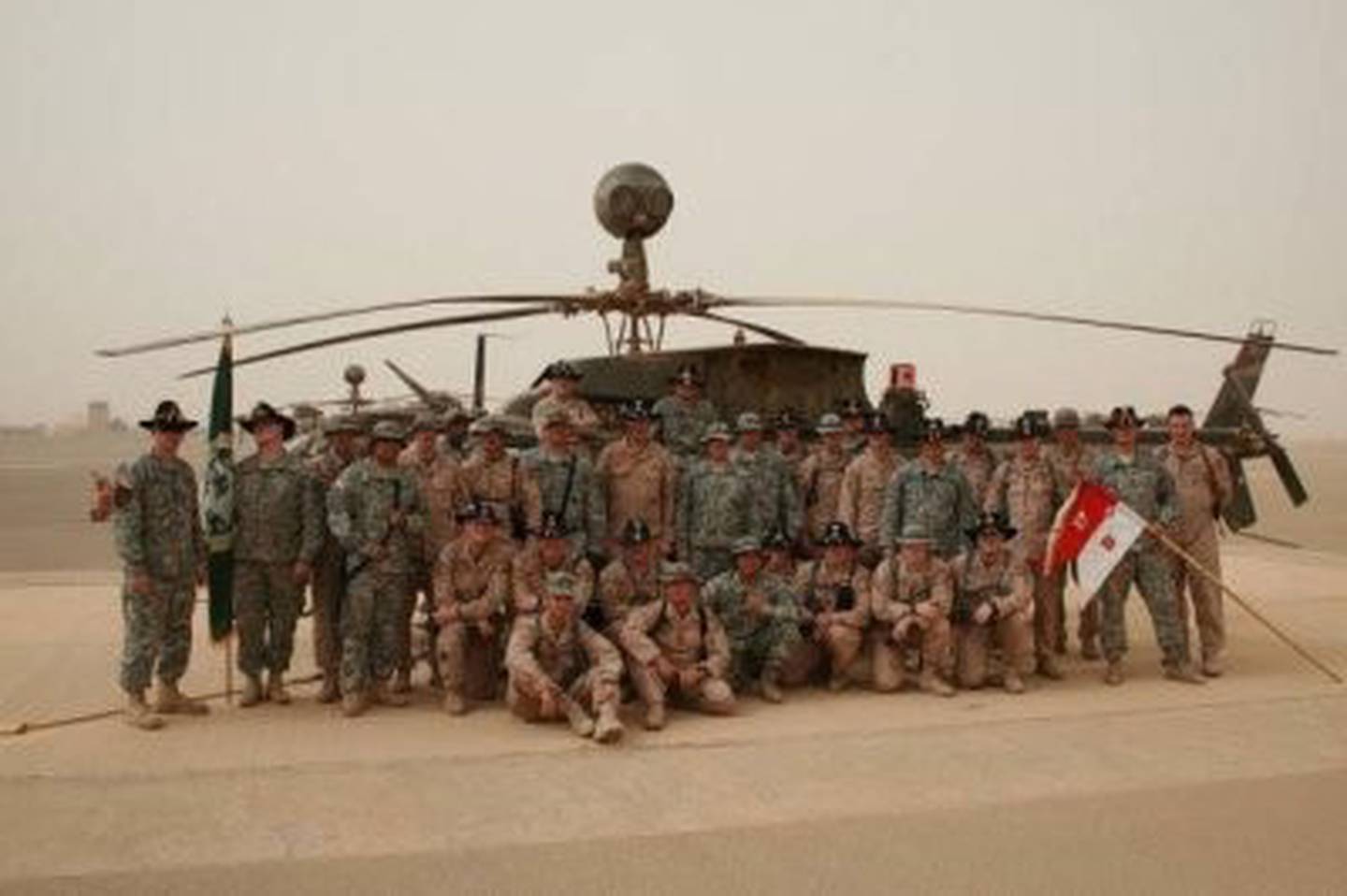
The waiting, as Tom Petty informed us, is the hardest part.
We talked, as soldiers do, about anything. We talked about everything. When you have nothing to do but wait and distract yourself from the possibility that your friends have met a hail of anti-aircraft fire, you talk.
I didn’t know about hockey, but I remember them talking about it. I grew up in the South. Hockey seemed like a foreign dance of violence rather than any actual sport. But I didn’t like sports anyhow.
So I watched the horizon.
They had taken the same route as A Troop, and since no one could get them on the radio, they likely had met the same fate.
Naive and young, all I could imagine was eight smoldering aircraft littered with the bodies of friends. I had watched Kevin hug his little girls as he left just a few weeks ago. How many of my friends, closer to me than family at this point, would have hugged their kids goodbye for the last time?
The conversation failed to distract.
I thought about the insanity of the day. I thought about the pancake of blood Hurtado had launched into the air. I thought about vomiting. I thought about Lori smoking a cigarette as she shook and fought back tears.
I thought a lot.

“There they are,” Joel said as he stoically lit another cig. He had picked me up at Clark Hall on Drum a few months earlier and quickly became like an older brother. I trusted him because this wasn’t his first time in the dusty hell of Iraq.
He had heard the distinct sound of OH-58D rotors. Once you have been around long enough, all the helicopters sound different. I hadn’t tuned my ears yet, but that would change.
I stood on top of the container that had been my seat for hours and saw a few dots appear over the trees to the south. It was them.
War brings about all sorts of emotions. The darkest ones get never-ending attention.
Yet this was the happiest day of my life. I can never remember such a distilled excitement or joy as when our first aircraft turned on the taxiway to the stalls where we’d park them.

I remember the elation of seeing the lead aircraft turn, but I don’t remember who was flying it. It simply bobbed past us as someone directed it into the stall designated for it.
I do remember the second aircraft, though. As it turned, Zach Rankin stuck his hand out the door, around the armored side panel, showing us the “OK " sign.
The circle game. He got us, and per the rules of the game, he owed us a punch or deserved a beer or both. I couldn’t care less. I was just glad he was alive and well.
As they landed, we crawled under each aircraft, searching for bullet holes and damage. Luckily, that day, we found nothing. That would change in the next few weeks.
“All our fills dropped,” Zach told us later. It was a common problem that seems to happen even in 2023. That year we would relentlessly fight to keep our FM radios working. This was just the opening volley of their intermittent nature.
However, someone at the FARP had a working radio. They had managed to get word to them as they landed for fuel that they should take an alternate route. So they had.
The anti-aircraft gun-wielding Iraqi that had put Kevin on a medevac flight to Germany never got a chance to shoot at us. However, he did receive a Hellfire missile from A Troop a few weeks later. He’s no longer a concern.
That was my first day in combat. The first day of 27 months of it.
Hell of a way to grow up.
Brandon “B.B.” Sanders is a freelance writer who flavors his work with real-life experiences. Beginning his service as a crew chief on OH-58Ds, he now serves as a battalion chaplain in the National Guard. He has deployed to Iraq, Afghanistan, and Poland, and now lives in east Texas with his wife and daughter.
Have an opinion?
This article is an Op-Ed and as such, the opinions expressed are those of the author.
If you would like to submit a letter to the editor, or submit an editorial of your own, please email opinions@militarytimes.com for Military Times or our services sites. Please email opinion@defensenews.com to reach Defense News, C4ISRNet or Federal Times. Want more perspectives like this sent straight to you? Subscribe to get our Commentary & Opinion newsletter once a week.
